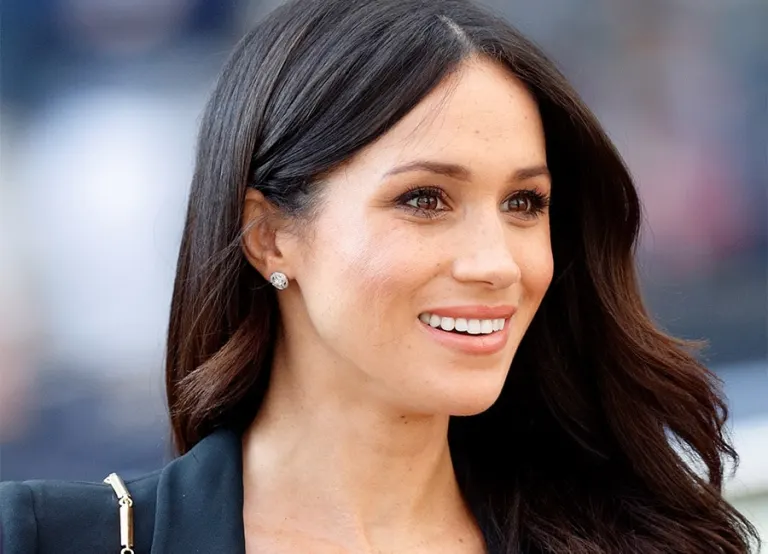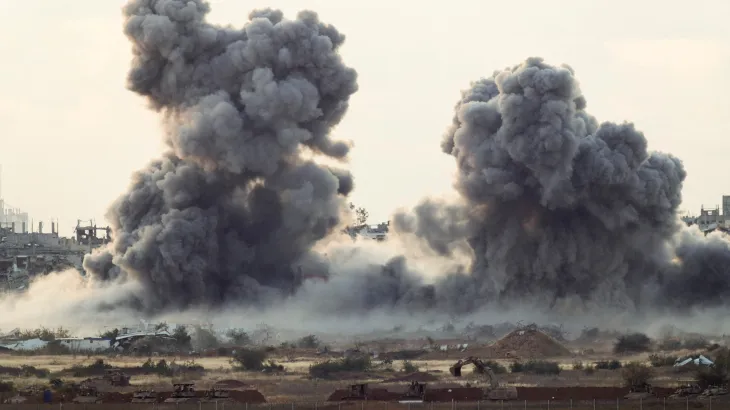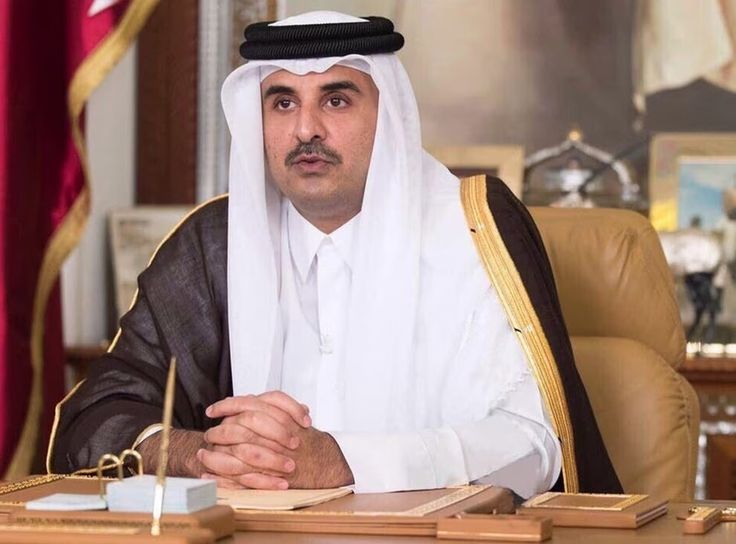US Tariffs to Impact Only 0.1% of India’s GDP, Says PHDCCI
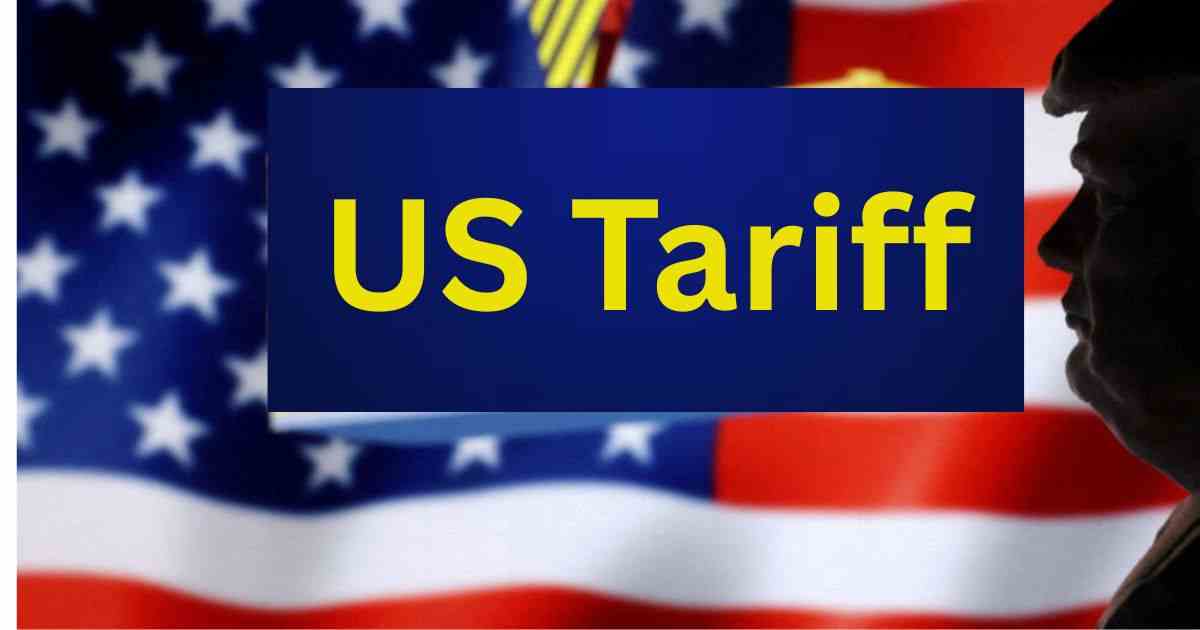
The PHD Chamber of Commerce and Industry (PHDCCI), a leading industry body in India, has reassured stakeholders that the reciprocal tariffs introduced by the United States under President Donald Trump’s trade policy framework will have a negligible effect on India’s economy. According to PHDCCI’s analysis, the tariffs are projected to impact just 0.1% of India’s Gross Domestic Product (GDP), underscoring the country’s economic resilience and adaptability in the face of global trade challenges.
In a detailed statement released on April 12, 2025, PHDCCI emphasized that India’s robust economic fundamentals, competitive pricing, and proactive government policies will help mitigate any adverse effects from the US tariffs. The organization highlighted the stability of India’s policy environment, the growing strength of its domestic manufacturing sector, and the nation’s increasing focus on self-reliance as key factors enabling it to weather external pressures.
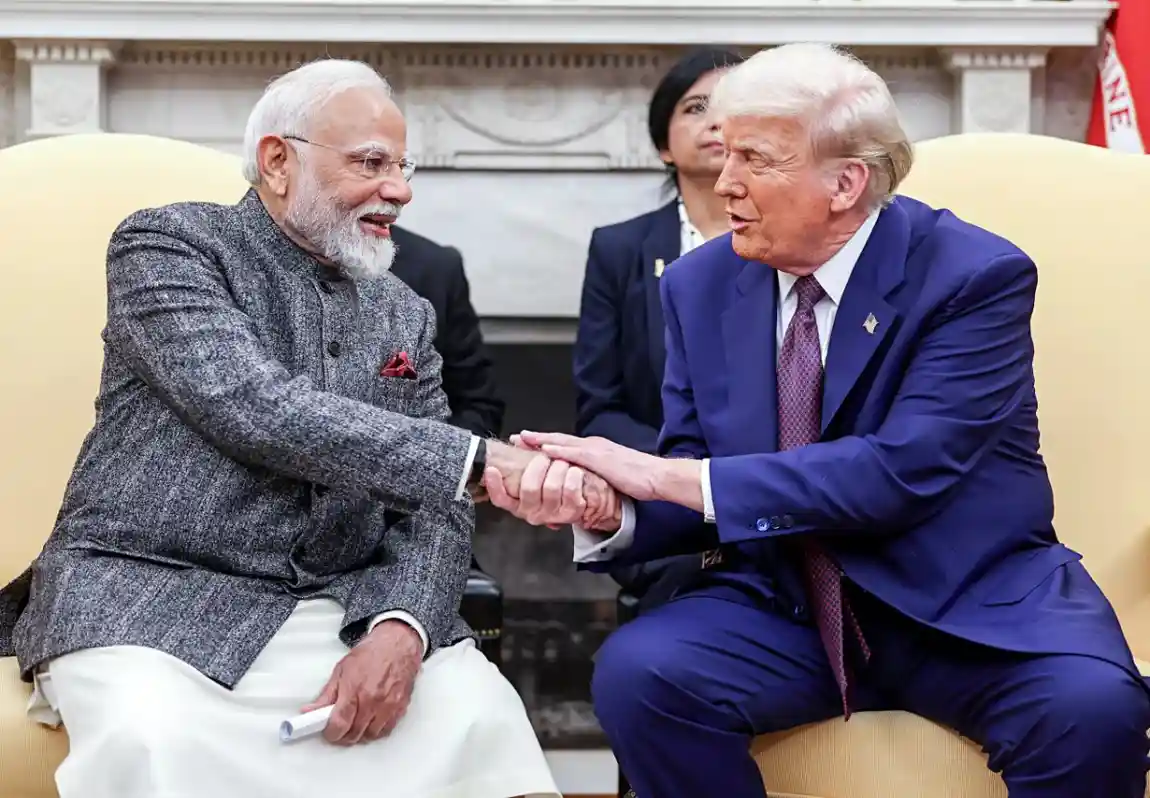
A Strong Foundation for Resilience
Hemant Jain, President of PHDCCI, attributed India’s ability to absorb the tariff impact to the government’s flagship initiatives, such as Make in India, Atmanirbhar Bharat (Self-Reliant India), and the Production Linked Incentive (PLI) schemes. These programs have been instrumental in bolstering domestic industries, strengthening supply chains, and enhancing the overall business ecosystem in India.
“Thanks to India’s price competitiveness and supportive government policies, we anticipate only a 0.1% impact on GDP,” Jain said. “Our industrial base is strong, and the ongoing reforms are creating a favorable environment for sustained growth.”
Jain further noted that India’s diversified trade relationships and growing domestic consumption are critical buffers against external shocks. While certain sectors may experience short-term challenges due to the tariffs, the overall economic outlook remains positive, supported by rising investor confidence and a dynamic consumer market.
Sectoral Impacts: Challenges and Opportunities
While the tariffs are expected to have a limited macroeconomic impact, PHDCCI acknowledged that some industries might face temporary setbacks. Sectors such as precious and semi-precious stones, textiles and apparel, marine products, vehicles and auto components, chemical products, and iron and steel articles could see moderate disruptions due to increased costs or reduced demand in the US market.
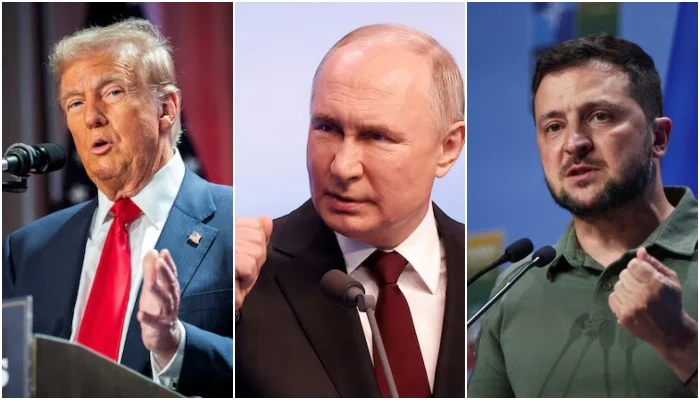
However, Jain pointed out that other sectors are likely to benefit from the evolving global trade landscape. India’s pharmaceutical industry, for instance, is well-positioned to capitalize on rising global demand for affordable, high-quality medicines. Similarly, the petroleum sector is expected to gain from competitive pricing and India’s strategic advantages in energy exports.
“The diversity of India’s economy ensures that while some sectors may face challenges, others will find new opportunities,” Jain explained. “Our pharmaceutical and petroleum industries, in particular, are likely to see positive outcomes due to their cost-effectiveness and global competitiveness.”
Domestic Strength and Global Trade Diversification
One of the key factors shielding India from the tariffs is its growing reliance on domestic consumption. Over the past few years, India has made significant strides in boosting internal demand, reducing its dependence on export markets. This shift has been complemented by government policies aimed at fostering innovation, improving infrastructure, and promoting entrepreneurship.
Additionally, India has been actively diversifying its global trade partnerships. Strengthened ties with regions such as the Middle East, Latin America, South Africa, and other parts of Asia have opened new avenues for Indian exports. PHDCCI noted that Indian products are increasingly in demand worldwide, thanks to their competitive pricing and improvements in quality and reliability.
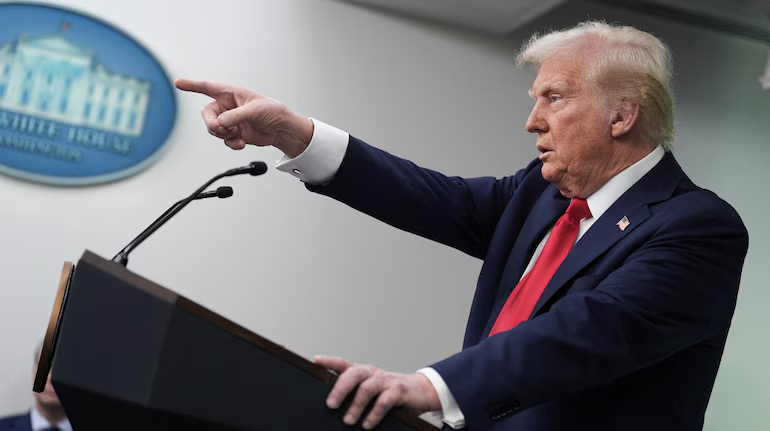
“India’s consumer market is expanding rapidly, and our trade links with emerging markets are growing stronger,” Jain said. “This diversification ensures that we are not overly reliant on any single market, which is a significant advantage in today’s volatile global trade environment.”
A Cautious Yet Optimistic Outlook
The US administration’s decision to implement a 90-day pause on the tariffs has been welcomed by PHDCCI as a constructive step. However, Jain urged Indian exporters to remain vigilant, as the pause may not necessarily translate into a permanent reprieve. He advised businesses to continue focusing on innovation, cost optimization, and market diversification to stay competitive.
Looking ahead, PHDCCI expressed optimism about the potential for deeper economic collaboration between India and the United States. Jain called for negotiations toward a balanced and mutually beneficial free trade agreement (FTA) that could pave the way for long-term growth and stability in bilateral trade.
“An FTA with the US could unlock tremendous opportunities for both nations,” Jain said. “By aligning our economic interests, we can create a framework that supports sustainable growth and strengthens global trade.”
India’s Path Forward
Despite the challenges posed by global trade uncertainties, PHDCCI remains confident in India’s ability to maintain its economic momentum. The organization highlighted the government’s commitment to structural reforms, digital transformation, and sustainable development as key drivers of future growth.
With its young and dynamic workforce, expanding technological capabilities, and strategic geopolitical positioning, India is well-equipped to navigate the complexities of the global economy. The minimal projected impact of the US tariffs is a testament to the country’s resilience and its ability to adapt to changing circumstances.
As India continues to strengthen its domestic industries and expand its global footprint, PHDCCI believes the nation is on track to emerge as a leading economic powerhouse. “India’s growth story is far from over,” Jain concluded. “With the right policies and a forward-looking approach, we are poised to achieve even greater heights in the years to come.”
You Might Also Like:
Meghan Markle Reveals Postpartum Pre-eclampsia Battle
Rizwan Responds to English Trolls: “Pakistan Needs Cricket, Not English”
3 Pakistani Terrorists Killed in Kishtwar: Army Vows to Continue Operations

